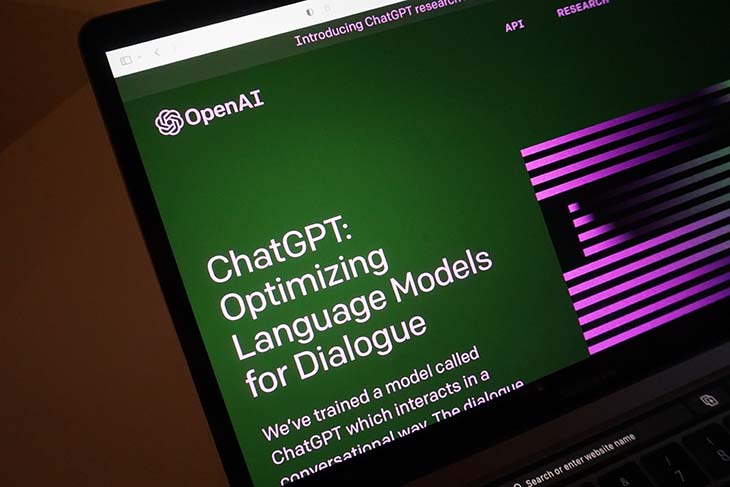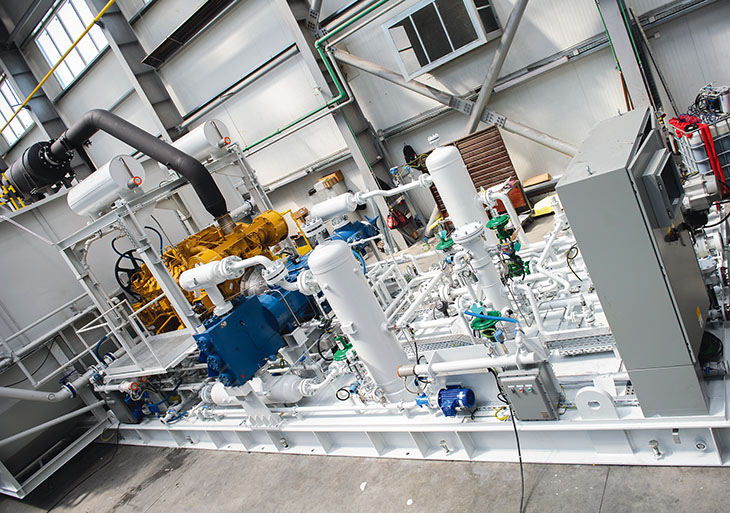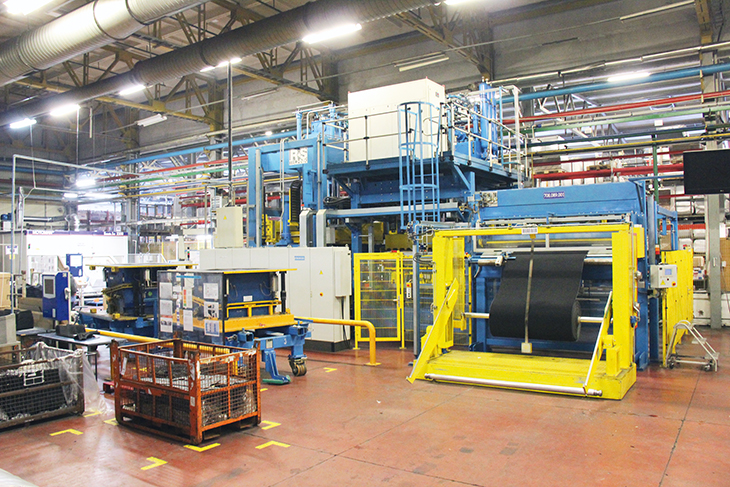Artificial intelligence (AI) had already seen extensive adoption when ChatGPT emerged in late 2022. The generative AI tool’s record-breaking growth has brought new attention to AI’s potential and opened the door for an even wider range of use cases. Amid this disruption, the use of ChatGPT in data centers is all but inevitable.
While many users are simply testing what the tool can do or engaging with it for fun, its widespread usage has revealed considerable potential. ChatGPT and other generative models like it could thoroughly disrupt the data center industry.
How Is ChatGPT Different from Other AI?
AI gained traction in data centers before ChatGPT, especially for tasks like automated load balancing and security monitoring. However, ChatGPT differs from most other AI tools data centers use. The key distinction is that OpenAI’s platform is what is known as generative AI.
While all types of AI analyze data in some capacity, generative AI goes further and creates new data. Some of the most common examples include writing custom emails for businesses, responding to user queries as a chatbot, writing blog posts and summarizing research. This generation can go beyond natural language, too, as ChatGPT can also write code.
Another aspect of generative models like this that sets them apart from other AI is their sheer size. GPT-3 — the underlying model behind ChatGPT — trained on 45 terabytes of text data and has 175 billion parameters, making it the world’s largest neural network at its debut.
OpenAI’s follow-up model GPT-4 will be several times that size. These figures do not include the amount of outside data these models ingest when responding to user inputs, either.
Impact of ChatGPT in Data Centers
As users have discovered new use cases for generative AI, its potential for data centers has become increasingly apparent. Here is a glimpse at the impact of ChatGPT in data center operations.
Fueling Data Growth
ChatGPT’s biggest and most straightforward role in the data center industry is driving demand for these facilities. Because these neural networks consume so much information, they need extensive data center infrastructure to support them. Rising adoption of these models will accelerate already skyrocketing data center demand.
This growth is good news for businesses but also introduces some obstacles. Data centers already consume roughly 3% of the world’s electricity and widespread generative AI adoption will drive that energy consumption higher. Meeting these rising power and cooling demands while trying to meet growing sustainability initiatives may prove challenging.
Given these complex considerations, data centers should start preparing for this future now. Organizations in the industry should look at various energy management, green power and cooling technologies to see how they can meet generative AI’s data needs while minimizing their footprint.
Streamlining Data Center Operations
As ChatGPT usage in data centers grows, more organizations will use it to automate operations. The AI tool has already gained prominence for automating tasks like emailing and document drafting, but — more importantly for data centers — it can write code.
Growing data volumes and types will likely require frequent adjustments from data center professionals to ensure their systems can support this growth. Considering developers already spend more than four hours a week coding, that can quickly become inefficient. By automating code tasks through ChatGPT, data center businesses could save considerable time.
ChatGPT can also automate routine tasks like documentation to give workers more time to focus on time-sensitive and value-adding work. These time savings will be critical as IT faces an ongoing labor shortage and global data volumes skyrocket.
Bolstering Data Center Security
Cybersecurity may emerge as another vital role of ChatGPT in data center operations. Roughly two out of three cybersecurity organizations already use AI, often in the form of automated network monitoring and phishing protection. ChatGPT presents a unique security opportunity in that it helps stop attacks where cybercriminals use this same technology.
Security professionals have found cybercriminals using ChatGPT to develop malware strains and create convincing spear-phishing emails. Data centers can respond to this growing threat by using the same tool to improve their defenses.
Just as ChatGPT can create effective malware, it can recognize where a system may be vulnerable to this software and code an appropriate defense. Security teams can also use it to simulate social engineering attacks to find vulnerabilities or train anti-phishing measures. As more cybercriminals capitalize on ChatGPT, protections like this will become increasingly crucial.
ChatGPT in Data Centers Could Change the Industry
ChatGPT is still a relatively new tool, so the data center industry likely has yet to scratch the surface of its potential. As generative AI grows and improves, it could reshape the face of the industry.
Before long, data centers across the globe may use ChatGPT or similar AI models to streamline operations and boost security. Even those that do not will still experience rising demand as more people use these tools. Regardless of whether a data center implements ChatGPT, all facilities will feel the impact of ChatGPT’s growth.

























